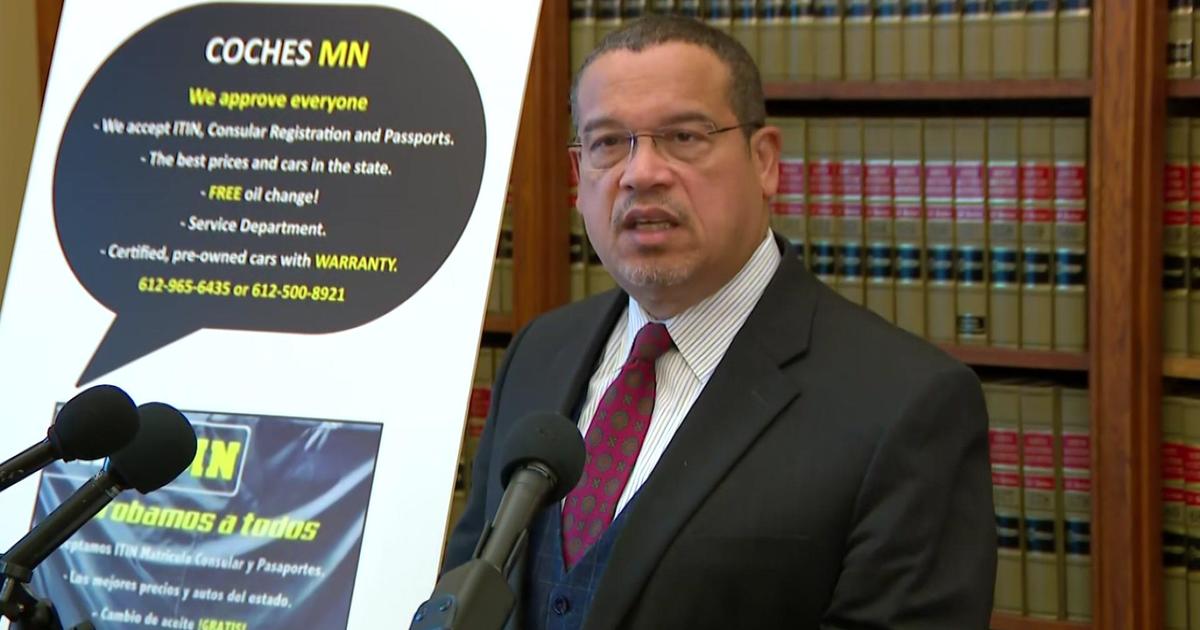Minnesota Drought: Rivers In Western, Northern MN Seeing Less Than 10% Of Their Average Flow
MINNEAPOLIS (WCCO) - It's dry in the Twin Cities, but it's even worse the further north you go. Many streams and rivers are now hitting a critical stage.
There is a part of the Minnesota River in Chaska that would normally be several feet under water, but the river continues to narrow as the dry spell continues.
"A lot of rivers in western and northern Minnesota have entered "low flow," which is usually less than 10% of their average or normal flow," said Brent Hewett, forecaster for the National Weather Service.
That likely means the streams and tributaries that flow into those bodies of water are dried up or are close to drying up. Once strong currents have been reduced to a trickle.
According to the National Weather Service it would take 15 inches of rain over the next 3 months to end the drought in the Twin Cities. But that's highly unlikely considering that from September through March we usually get about 10 to 14 inches of precipitation total.
"Just this week we lost an inch and a half, maybe two inches of water," said Dan Hause of Bayside Marine.
The drought and low water levels have created a unique problem for Hause, whose business is based on Lake Minnetonka.
"We've got a lot of customers pulling boats early. Can't get them off the lift," said Hause.
In a sense they are looking to winterize in the summer. October is normally the busy month for winterizing boats, but August and September are already filling up.
"We have a few customers with big boats, 30 footers. If they can't get them off the lift they'll be there all winter," said Hause.
While it looks bad now, Hewett said all it takes is a tropical storm system or two to trend northward.
"While we are seeing a period where precipitation is on a downward trend, we can still see some things the next two months that can help us into the winter," said Hewett.
The one part of the state that's not experiencing dry conditions is the southeast corner and into Wisconsin. Normal rainfall and even some flash flooding have kept things from getting too dry.
The Boundary Waters area is the driest in the state. Up there it would take about 18 inches of rain over the next 3 months to end the drought.



